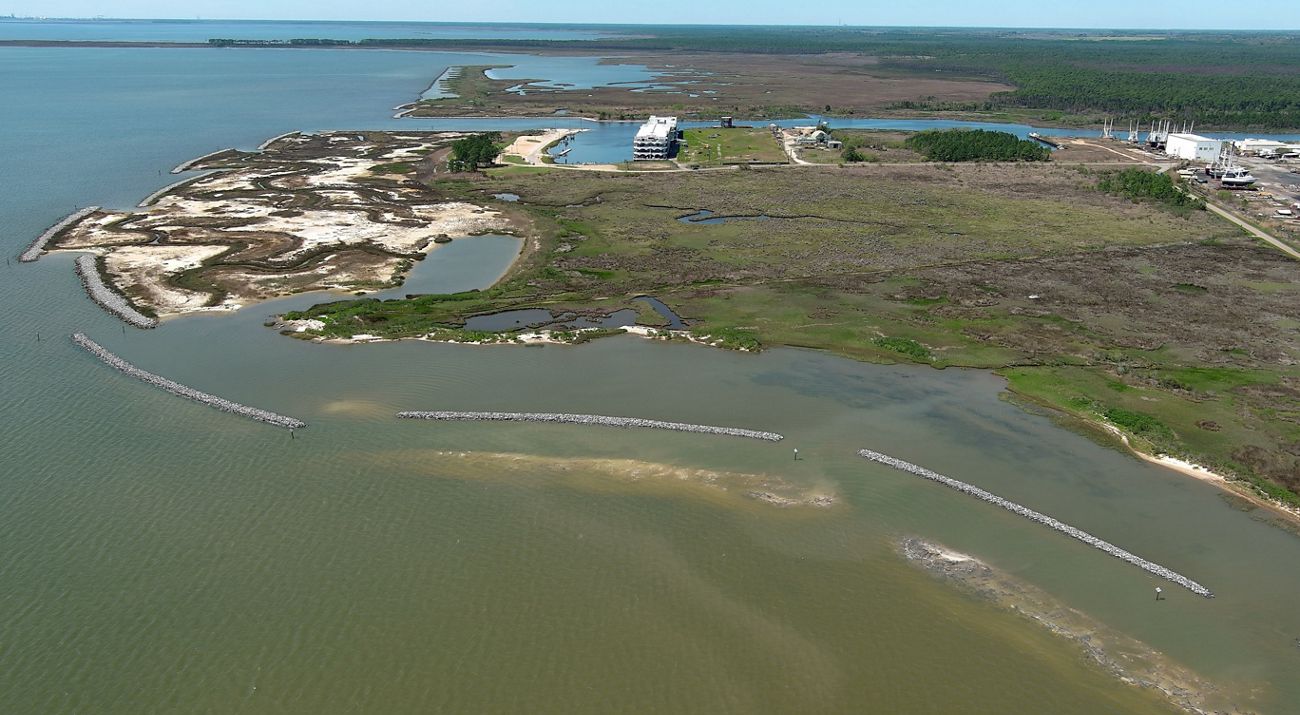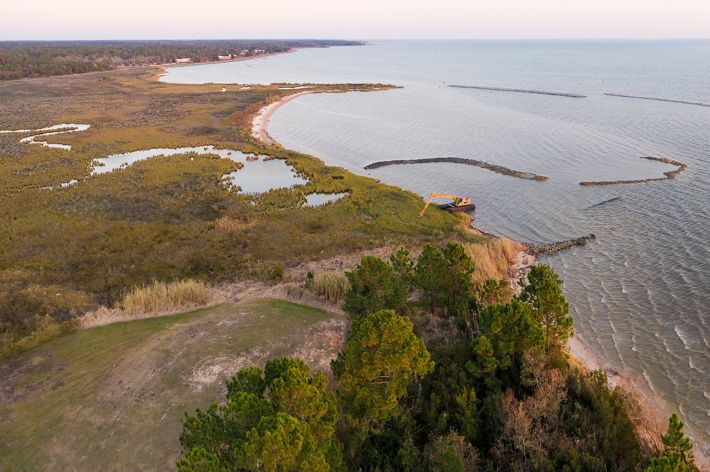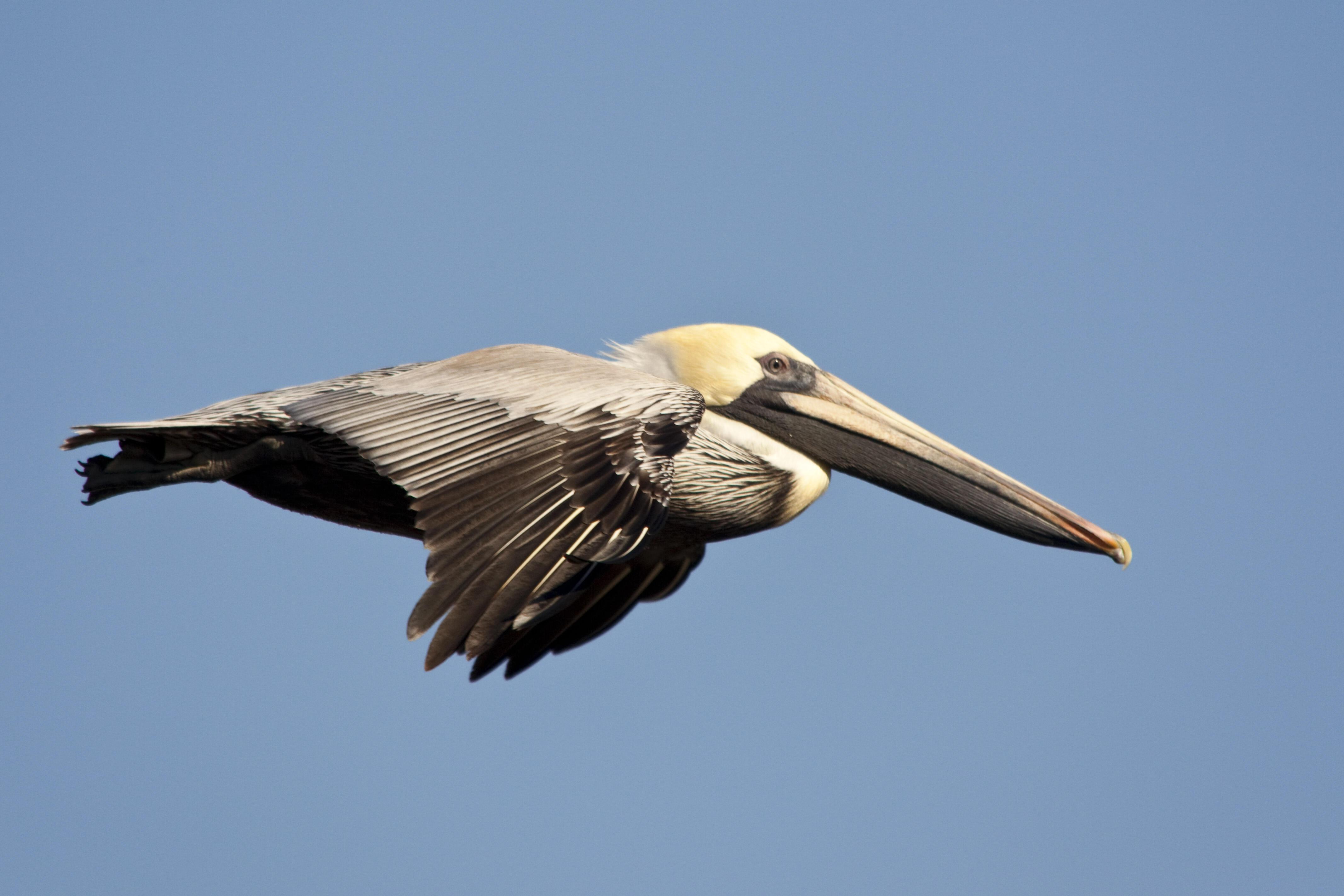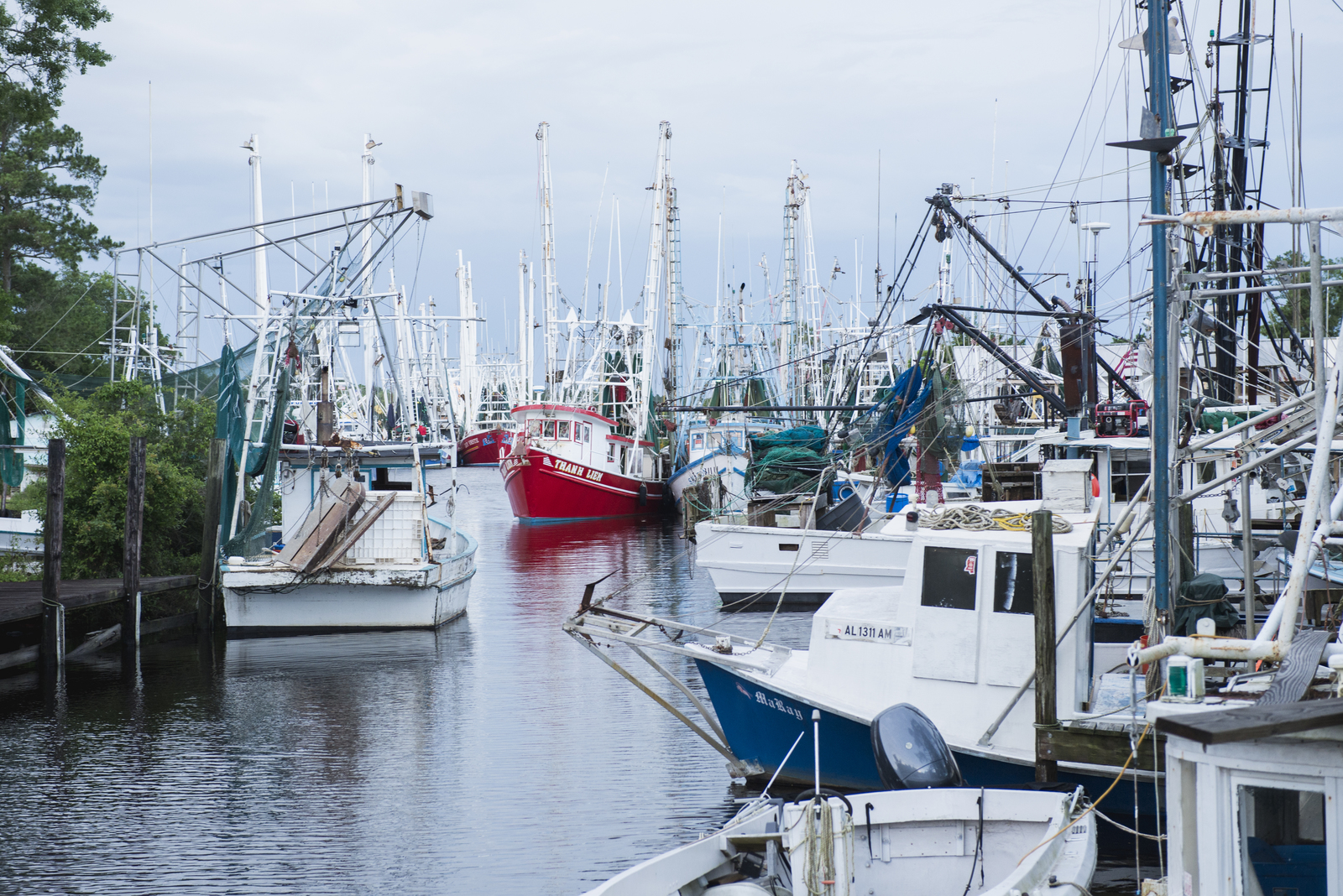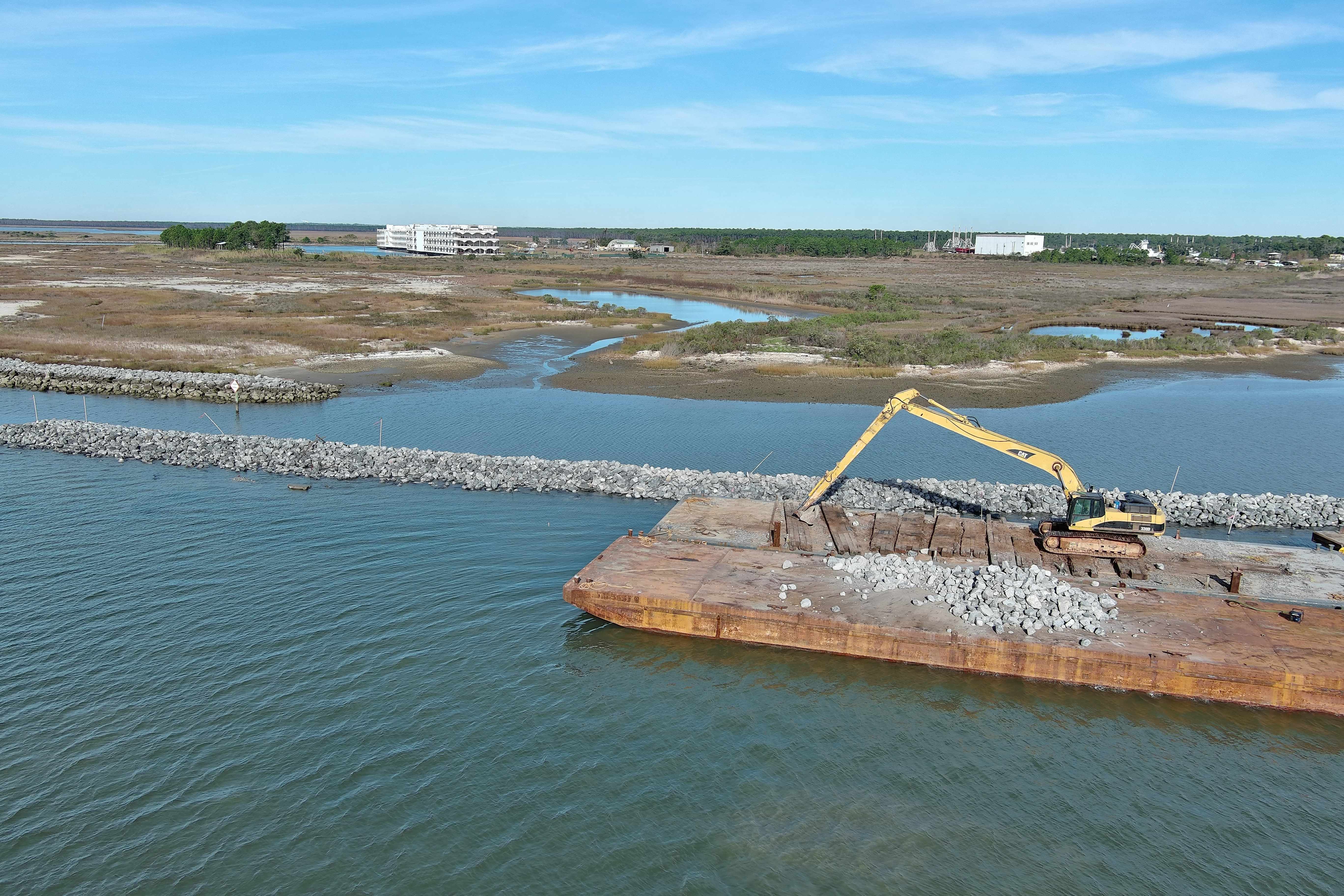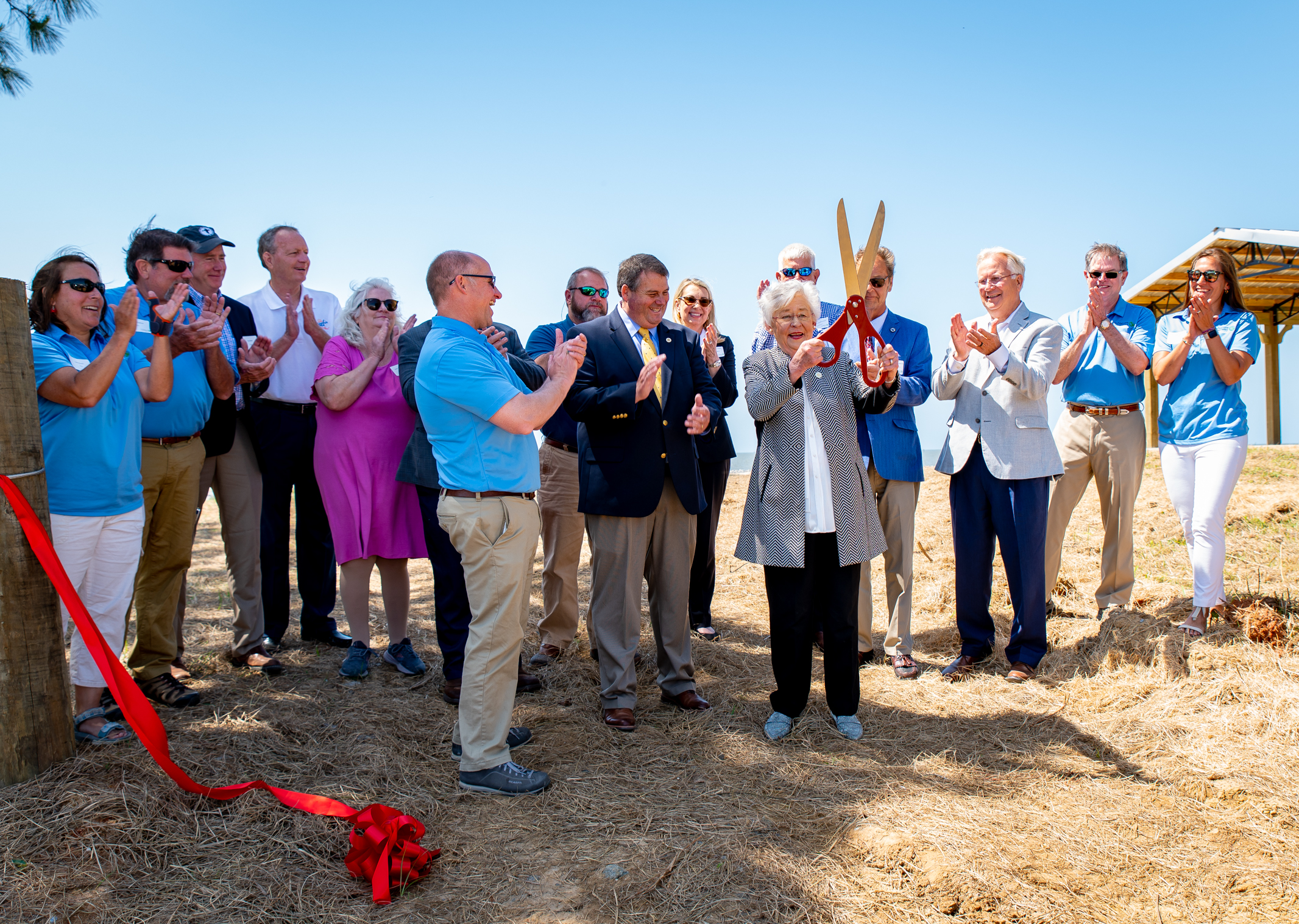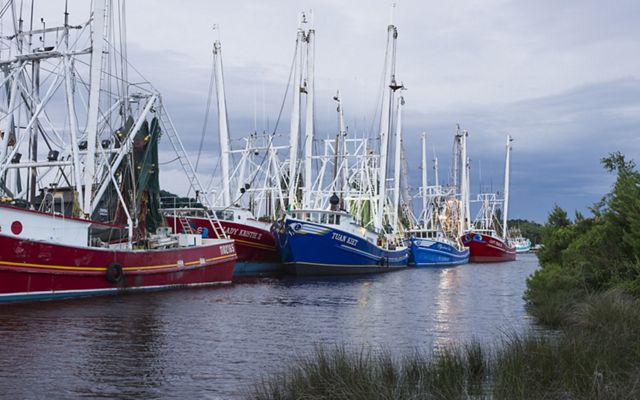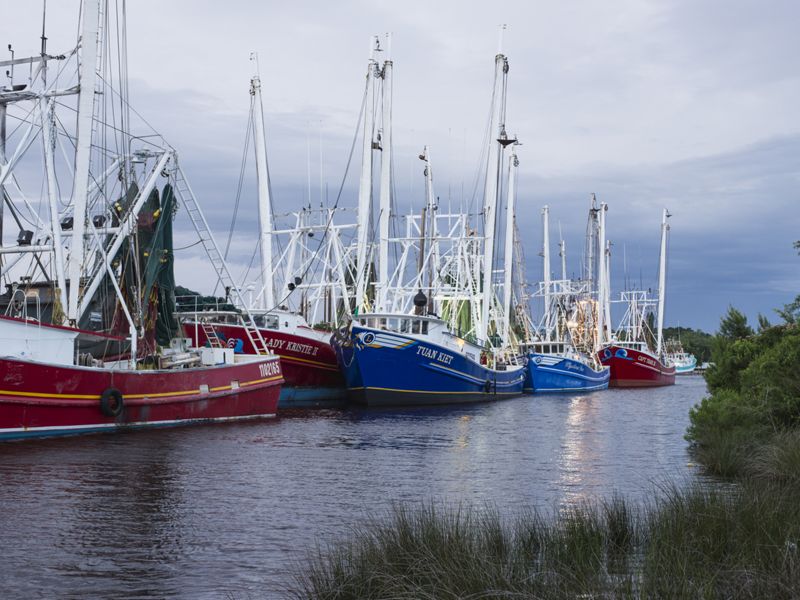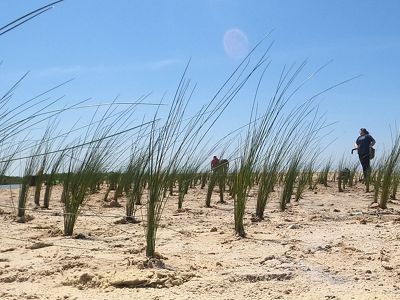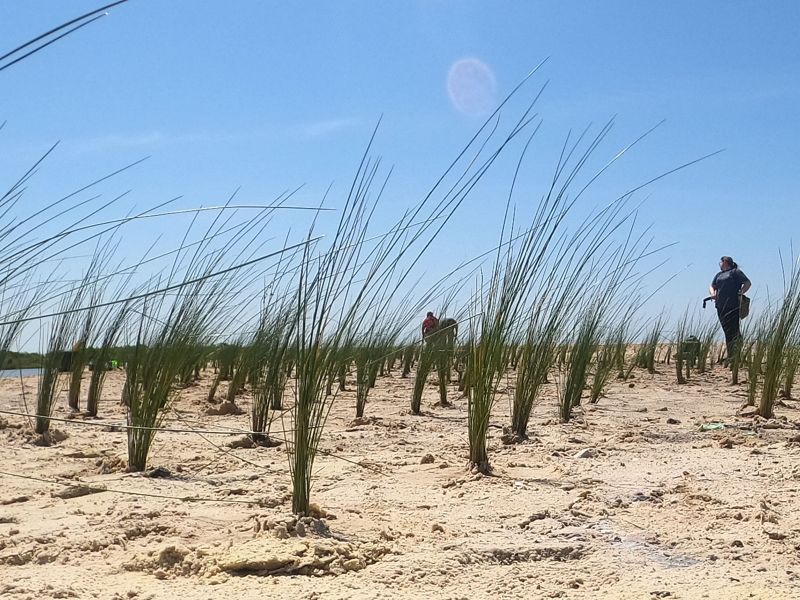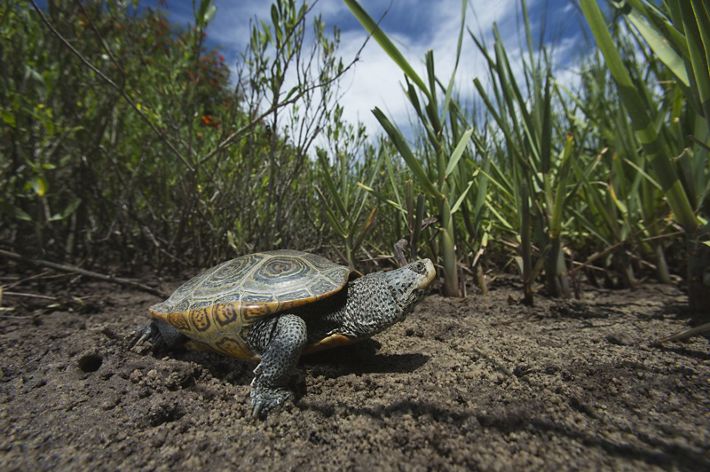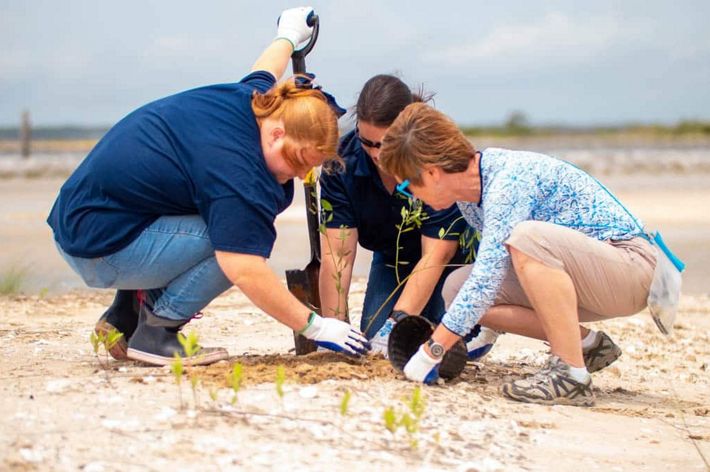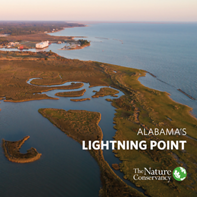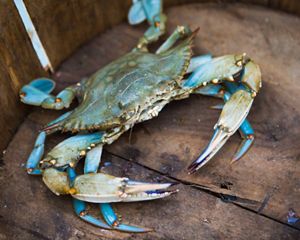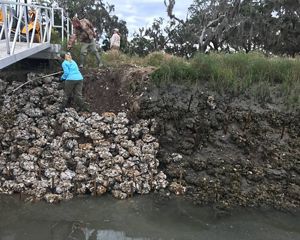Lightning Point Restoration
A public-private partnership employs nature to restore and safeguard Bayou La Batre's working waterfront and fishing culture.
Steeped in history, Bayou La Batre represents a true American melting pot of French immigrants, Southeast Asian refugees, African Americans and others who set down roots in this iconic Gulf Coast town to pursue shipbuilding, net making, fishing, seafood processing and other water-based livelihoods. Known as Alabama’s seafood capital, it continues to support one of few remaining working waterfronts in this region.
Bayou La Batre has also increasingly endured environmental threats–frequent hurricanes and tropical storms, tidal surges, shoreline erosion–caused by a changing climate. In 2005, Hurricane Katrina inundated the area, displacing people and damaging boats, docks, facilities and infrastructure upon which the local seafood economy depends. Additionally, in 2010, Bayou La Batre’s community and fishing industry was devastated by the Deepwater Horizon Oil Spill.
In response, The Nature Conservancy has teamed up with the City of Bayou La Batre, the Alabama Department of Conservation and Natural Resources and Mobile County, the National Fish and Wildlife Foundation and Dauphin Island Sea Lab to employ nature in protecting lands, water resources, wildlife and local livelihoods. After decades of damage and erosion from storm surge and hurricanes, the partners are working with people who live and work in Bayou La Batre to secure a resilient waterfront that can stand up to environmental threats while supporting diverse wildlife and a profitable seafood industry. The result of this effort is a collaborative restoration project designed to withstand almost one foot of sea level rise predicted to impact this part of the Gulf Coast over the next 25 years.
Project Timeline
Restoration Project Priorities
-
The Lightning Point Project began with strategic land acquisitions of undeveloped coastline tracts adjacent to protected and public lands owned by the State of Alabama, Mobile County and the City of Bayou La Batre. Mobile County acquired 83+ acres of land prior to 2016 through the Coastal Impact Assistance Program, while TNC acquired an additional 77+ acres with funds from the National Fish and Wildlife Foundation. Shortly after, TNC conducted a competitive process to select a qualified firm to perform restoration designs for Lightning Point. Moffatt & Nichol ultimately won this contract and began their services in fall of 2017.
-
Today, the Lightning Point Shoreline Restoration Project comprises a mix of natural and hardened infrastructure spanning nearly 689,000 m2. Among the project’s most notable features include:
- 1.5 miles of overlapping segmented breakwaters and jetties along the shoreline–on both sides of the Bayou La Batre navigation channel to provide a buffer from waves and boat wakes for commercial shrimp boats and other vessels–constructed with rock and restored marsh.
- Scrub-shrub upland, tidal flats and marsh habitats created from more than 300,000 m3 of repurposed dredged material and more than 10,000 newly excavated meters of tidal creeks connecting old marsh to new marsh, collectively enhancing the ecological functions of the ecosystems.
- A shoreline expansion, by more than 600 feet, that adds significant buffer against future coastal storms.
This effort also included planting 90,000 plants from a local nursery and utilizing more than 600 cubic yards of recycled oyster shells (from local restaurants) that mimics nearby natural coastal marshes and barrier islands to buffer the coastline and support wildlife, like birds and diamondback terrapins.
-
Bayou La Batre’s vibrant, water-dependent community utilizes Lightning Point area for fishing, boating and recreation. This project enhances the City of Bayou La Batre’s existing boat ramp and parking lot with a groomed walking path, a pavilion, benches and fishing access platform for community use and enjoyment by those living, working and visiting the Bayou La Batre region.
-
Since completion of the major components in 2020, the project is being monitored for five years to track performance metrics and highlight corrective actions as needed. Dauphin Island Sea Lab conducts biological monitoring (marsh vegetation – extent, diversity and density, water quality, submerged aquatic vegetation, and sediment analysis). Moffatt & Nichol handles structural monitoring with focus on shoreline position, shoreline elevation across the entire restoration area and integrity of the breakwaters. The City of Bayou La Batre with support of Mobile County oversees maintenance of the public amenities, including mowing and minor maintenance.
The project design life is 25 years and was developed from modeling efforts incorporating future site-specific sea-level rise trends and wave dynamics. To plan beyond 25 years and for severe hurricane impacts, TNC worked with Moffatt & Nichol to develop a long-term site sustainability plan with adaptive management strategies to maintain appropriate breakwater crest elevation and to supplement the marsh platform to keep up with sea level rise trends.
Welcoming Wildlife
New intertidal marshes and upland scrub-shrub habitats created as a result of the Lightning Point Restoration Project have quickly welcomed a variety of resident and migratory shore and wading birds, as well as fish and shellfish. In fact, the partners witnessed an immediate colonization by oyster catchers, black skimmers and nesting least terns during project implementation. Additionally, the University of Alabama-Birmingham is raising 180 diamondback terrapins to release into nearby coastal marsh habitats. All of these actions are a testament to the importance and clear benefits of an ecologically sensitive design and construction process.
Quote: Henry Barnes
I was very skeptical when The Nature Conservancy said "Hey, we want to restore your shoreline." But they just wanted to put something back that had been there for hundreds of years.
By The Numbers
-
57K
Tons of rock for jetties built to maintain a navigation channel for commercial and recreational boats.
-
90K
Native plants provided by a local nursery to restore 40 acres of coastal and upland habitat for native wildlife.
-
50+
Bird species observed since implementing the Lightning Point Restoration Project.
-
5
Named storms survived within two years of project completion.
Return On Investment
The Lightning Point Restoration Project has leveraged financial investments and also investments in a new generation of conservation leaders. For example, in 2019, TNC teamed up with Dauphin Island Sea Lab and Alma Bryant High School to harvest and later plant seeds from native marsh plants. The restoration area has also served as a living laboratory for researchers studying the impact of marine debris impact on coastal habitats and the role that tidal creeks, breakwater edges and marshes play in the life cycles of recreationally and commercially important fish.
Financially, an economic analysis of habitat value alone has calculated that the Lightning Point Restoration Project will yield $67 million in benefits as a result of the project's initial $21 million investment. The project is also proving that other Gulf Coast communities can benefit from natural solutions to a changing climate and other environmental threats.
Download
Support Alabama Nature
Help us work with our partners around the state to ensure a future in which people and nature can thrive.
